New York ( Business) — If you’re not sure if the US economy is in a recession, you’re not alone.
For one thing, gross domestic product, a key measure of economic output, shrank for the second consecutive quarter this week, raising fears the country has entered, or will soon enter, recession territory. On the other hand, the labor market remains very strong, which tells us that the economy remains strong.
Some economists call two consecutive quarters of contraction a technical recession. And with good reason: 10 of the last 10 times the US economy shrank for two consecutive quarters, it was declared a recession. But seven of the last seven recessions have seen massive job losses, and that’s not happening now.
There is no firm standard that defines what a recession is in the United States. Instead, the official designation is determined by eight economists working together on the Business Cycle Dating Committee. The group works under the umbrella of the National Bureau of Economic Research (NBER), a private non-profit organization. Economists have not yet used the “recession” label.
The organization is governed by a relatively vague definition that allows room for maneuver: a recession, they write“involves a significant decline in economic activity that spreads throughout the economy and lasts for more than a few months.”
So are we really in a recession? It’s hard to say. But here we explain why the US could be. And why it might not be.
inventories
Business inventory problems play a major role in the ups and downs of the economy, and much of the economic contraction we saw last quarter was due to companies holding back on expanding those inventories. Last year, companies stocked up on goods to get ahead of supply chain issues and in anticipation of consumer demand after the crisis, but now they may have excess inventory.
GDP contracted at an annual rate of 0.9% in the second quarter, but a slowdown in inventory builds knocked 2 percentage points off output. This means that the economy would have grown if companies had not eliminated their inventories. It also indicates that consumer demand may be weakening, another sign of a recession.
Employment
The labor market has continued to be a source of strength for the economy and a beacon of hope among those who believe the United States can avoid a recession.
In June, the 98% of jobs lost during the pandemic. Unemployment has remained at its record lows in 2022and the US economy has added 2.2 million jobs since January, almost the fastest growth on record.
In May, there were about two open jobs for every job seeker, along with historically low levels of layoffs. The economy is creating nearly 400,000 jobs a month, and wages also grew in June. This doesn’t look like a normal recession.
Inflation and interest rate hikes
Inflation is at record highs in the United States, and it is sapping the purchasing power of consumers.
US consumer prices hit a new pandemic-era high in June, jumping 9.1% year-over-year, according to the most recent data from the Bureau of Labor Statistics. This figure is higher than the previous one, when prices rose 8.6% in the year ending in May.
As a result, money is tight in many American households: new data from the Bureau of Economic Analysis show that Americans are saving far less than they were a year ago. In May, Americans only saved 5.4% of their disposable personal income, down from 12.4% a year ago.
To counter inflation, the Federal Reserve has approved a series of interest rate hikes this year. Higher rates keep prices in check by slowing down the economy. But the Federal Reserve is in dangerous territory. In the 11 times the Fed has raised rates, it has only managed to avoid recession three times. During each of those cycles, inflation was lower than it is today. This has made some analysts and market participants nervous about a possible recession.
Consumer sentiment and spending
Consumer spending, the bulk of the US economy, is on the rise. It is a good sign for the economy. Household spending grew 1.1% in June, compared with a revised 0.3% increase in May, the Commerce Department reported on Friday.
This growth, however, could be the result of rising inflation. In general, Americans are becoming more pessimistic about the economy.
The Conference Board Consumer Confidence Index declined in July for the third consecutive month. Some 43% of the 3,000 respondents said they believe there is more than a 50% chance the US will slip into a recession in the next 12 months, up from just 13% in April.
performance curve
The shape of the yield curve, which plots the yield on Treasuries, is one of the most reliable indicators of the economy’s health, and has been signaling an impending recession for most of July.
An inverted yield curve is often seen as a sign that investors are more nervous about the immediate future than the long term, causing interest rates on short-term bonds to rise more than those paid on long-term bonds. term.
Fed Chairman Jerome Powell said Wednesday that he doesn’t think the economy is currently in a recession, but yield curves say otherwise. They have entered into an “inversion” in recent weeks.
An inversion of the yield curve has preceded every recession since 1955, according to a study of the Federal Reserve Bank of San Francisco.



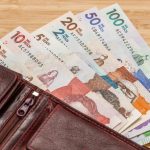
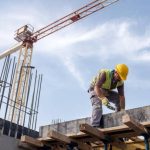
![[Img #74664]](https://thelatestnews.world/wp-content/uploads/2024/12/James-Watson-The-controversial-genius-behind-the-double-helix-150x150.jpg)



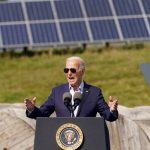


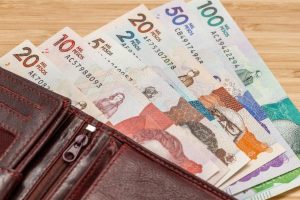
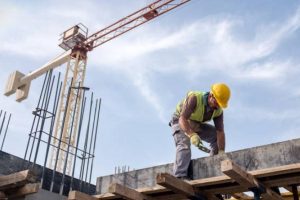
Add Comment